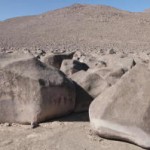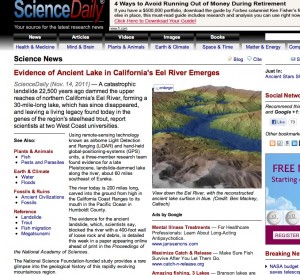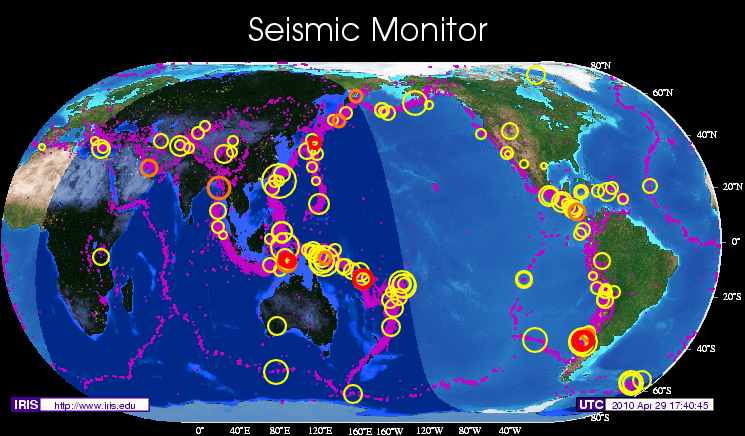After browsing through several not-so-interesting geography websites, I stumbled upon the Discovery News site. Associated with The Discovery Channel, this site immediately caught my eye with its incredible pictures and interesting headlines. The site is conveniently divided into seven categories ranging between physical geography topics (Earth, Space, and Animals), more cultural geography (Human and History), and just random super cool stories (Tech & Gadgets, Adventure, and Autos). The website is truly engaging because of its numerous videos, photo galleries, and vast array of exciting science articles. Below are some of my favorite stories so far:
1) This incredible series of photographs explores the phenomenon of visual color warnings in plants and animals. The story explains that certain colors, patterns, and visual characteristics can communicate danger.
2) This video talks about a recent eruption of an underwater volcano. It relates to the discussions we had about the lithosphere in class and the difficulty of predicting when volcanoes will erupt. Scientists were however, successfully able to give an 8-year time frame in which the volcano would erupt. Scientists said this site was easier to predict because the crust was thinner and there was a huge supply of magma. The video also gives a cool look at the underwater site.
3) In relation to Matthew Sturm’s article about the changes in tree distribution as a result of climate change, this article discusses the movement of seaweed as a result of global warming. Scientists believe that a profound amount of Australian seaweed is actually moving south in order to find cooler environments.

Seaweed provides an important habitat and food source for many underwater animals. Image by © Jeffrey L. Rotman/CORBIS
4) Last but not least, you can even take a look at the “Be as Manly as Bear Grylles Guide” because let’s be honest, who doesn’t love Bear Grylles?
Share which stories catch your eye!









